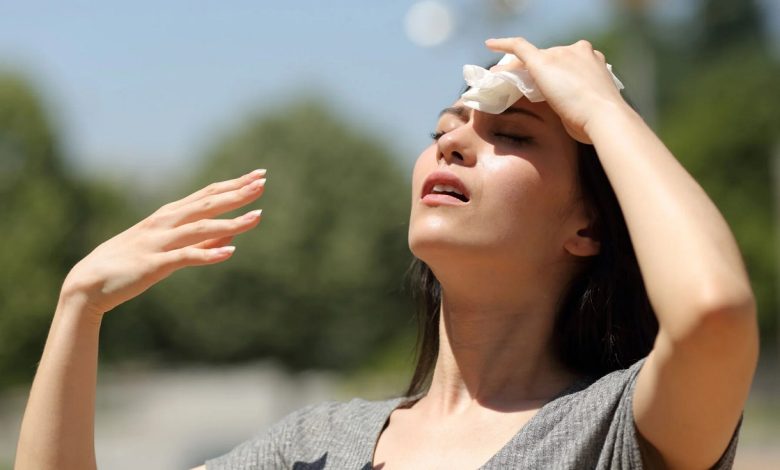Dealing With Heatstroke: How To Deal With Heatstroke And Other Emergency Effects Caused By Heat?

Dealing With Heatstroke: Being aware of dangerous situations and knowing if someone needs help is essential to prevent heatstroke and other heat-related emergencies.
In June of this year, some regions of the world, as well as the United States of America, faced an unprecedented heat wave. This summer’s heat seems to be affecting many people around the world, including 60 million Americans.
Dealing With Heatstroke, In 2023, the number of visits to the emergency room due to problems caused by heat increased significantly compared to the last five years and reached 120,000 cases. For this reason, it is necessary to be aware of dangerous conditions and recognize the necessity of providing help to prevent heatstroke and other heat-related emergencies.
Dr. Liana Vann, an emergency physician and clinical associate professor at George Washington University, provides valuable explanations regarding this issue. According to him, heatstroke is a medical emergency that must be treated immediately because it can quickly become fatal. The body usually has the capacity to control and regulate its own temperature, but when this mechanism is affected by extreme heat, the body temperature rises rapidly and the person cannot lower it.
Dealing With Heatstroke

Dealing With Heatstroke, The internal temperature of the body quickly reaches 41 degrees Celsius or higher within 10 to 15 minutes. If this happens, the person becomes confused and dizzy and feels weak. He may also be unable to speak properly or lose consciousness. He may even experience seizures and abnormal heartbeats. If someone around you encounters such a situation, take them to the hospital immediately.
In such a case, Dr. Liana Van says to take the person to a cool and shady place, then put cold and wet clothes or ice packs on his neck, groin, and armpits and stay by his side until the emergency doctors arrive. Some cases of heatstroke with less severity also have symptoms such as nausea, fatigue, dizziness, headache, heavy sweating and cold skin. Therefore, it is necessary to be in the shade and in a cool place, and to moisten the clothes.
Dealing With Heatstroke, According to CNN, extreme heat has two important effects on the body: one is a direct effect that causes the body to overheat, and the other is the aggravation of underlying diseases such as cardiovascular disorders. Extreme heat may cause problems for many people, but three groups of people will be more affected: the young and middle-aged, people with underlying diseases, and people who are forced to be exposed to heat for social and occupational reasons.
When the temperature is very high and the heat is intense, everyone should take precautions. In such cases, it is better to limit the time of being in the heat and outside the house, do physical exercises in the morning and at night, if you go out of the house, stay in the shade and cool places and drink as much water and liquids as possible. Never leave children, the elderly, and pets in a car without proper safety and care, as the temperature inside the car heats up very quickly and can be fatal.
Also Read:
Men Health: Why Do Men Eat More Meat Than Women?
New Research: Becoming A Father Can Worsen Men’s Heart Health
Dementia Disease: Scientists Use A New Method To Predict Dementia 9 Years Before It Occurs
Women Perform Better During Menstruation And Make Fewer Mistakes




